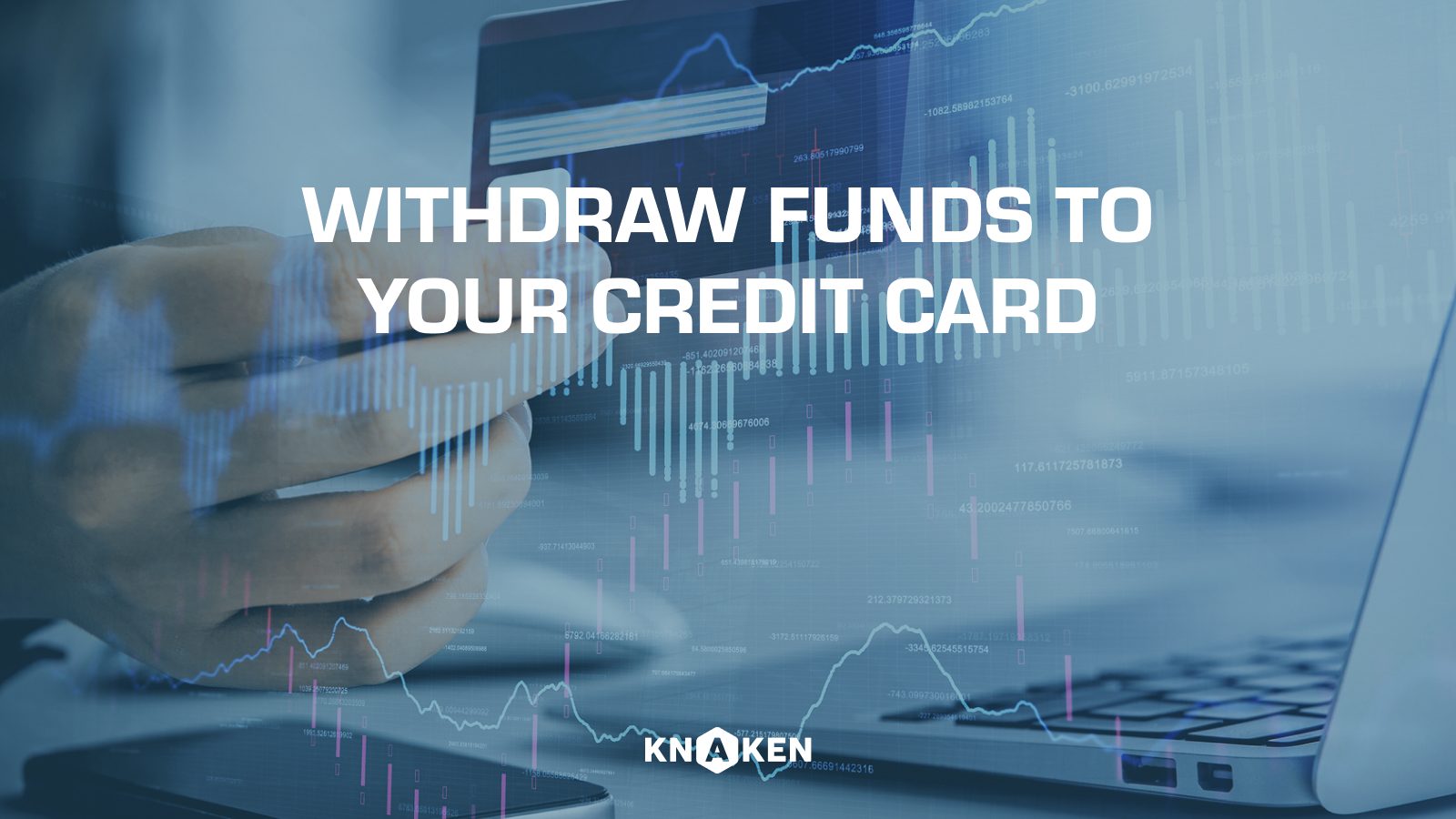Testnet: Understanding the Essential Testing Ground for Cryptocurrency Development
What is Testnet?
Testnet, or test network, refers to a blockchain or network that is used specifically for testing purposes. It allows developers to experiment and test their applications without the risks and costs associated with the main network, often called “mainnet.” Testnets play a crucial role in the development cycle of cryptocurrencies by providing a safe environment to test features, make changes, and debug problems before they are deployed on the mainnet.
Purpose of Testnet
The primary purpose of a testnet is to enable developers and projects to:
- Assess New Features: Test new functionalities or updates to the blockchain protocol.
- Debug Smart Contracts: Identify and fix errors in smart contracts before deploying them to mainnet.
- Conduct Network Experiments: Test the impact of changes on a distributed network without financial risk.
- Simulate Attacks: Evaluate the network’s security by simulating potential attacks or vulnerabilities.
- Gather Community Feedback: Engage users in feedback loops to improve features before the official launch.
- Educate New Users: Provide a risk-free environment for new users to learn about blockchain technology and cryptocurrency transactions.
How Testnets Work
Testnets function as a replica of the mainnet but use different consensus algorithms or token economies. They often employ symbolic tokens that hold no intrinsic value, differentiating them from mainnet tokens. Transactions are verified by a network of nodes similar to the mainnet.
- Tokens: Testnets typically use test tokens that have no real-world value.
- Node Verification: Nodes on the testnet validate transactions and blocks, mimicking the behavior of the mainnet.
- Block Time and Difficulty: Testnets may adjust block time and mining difficulty to facilitate quicker testing cycles.
Popular Testnets in Cryptocurrency
Various cryptocurrencies have their own dedicated testnets that serve as extensive platforms for developers. Some prominent examples include:
- Ethereum Testnets:
- Ropsten: A proof-of-work test network that uses the same algorithms as Ethereum mainnet.
- Kovan: A proof-of-authority test network that is not susceptible to spam.
- Rinkeby: A proof-of-authority test network that uses the Clique consensus algorithm.
- Bitcoin Testnet: An alternative Bitcoin network designed primarily for testing without cost.
- Binance Smart Chain Testnet: A platform for developers creating applications that are compatible with the Binance Smart Chain.
- Cardano Testnets: Multiple testnets, such as the Allegra and Mary testnets, are available for various stages of Cardano development.
Benefits of Using Testnets
Utilizing testnets offers numerous advantages to developers and the cryptocurrency ecosystem, including:
- Risk Reduction: Develop and test features without the risk of losing real funds.
- Cost Efficiency: Save costs associated with transaction fees and operational overhead.
- Faster Development Cycles: Rapid testing and iteration lead to faster product launches.
- Community Engagement: Encourage community participation in testing and feedback.
Challenges Associated with Testnets
Despite their advantages, testnets also come with challenges:
- Network Stability: Testnets can experience instability or downtime affecting development efforts.
- Realism Gaps: Differences between testnets and mainnet may lead to unrealistic test scenarios.
- Token Abuse or Spam: Test tokens can be abused for generating spam transactions.
Conclusion
In summary, testnets are an essential component of cryptocurrency development, enabling testing, optimization, and validation of blockchain applications in a low-cost, risk-free environment. They provide invaluable tools for developers, contribute to improved security, and foster community involvement. By understanding and utilizing testnets, developers can enhance the efficacy of their applications and the overall integrity of decentralized networks.


















